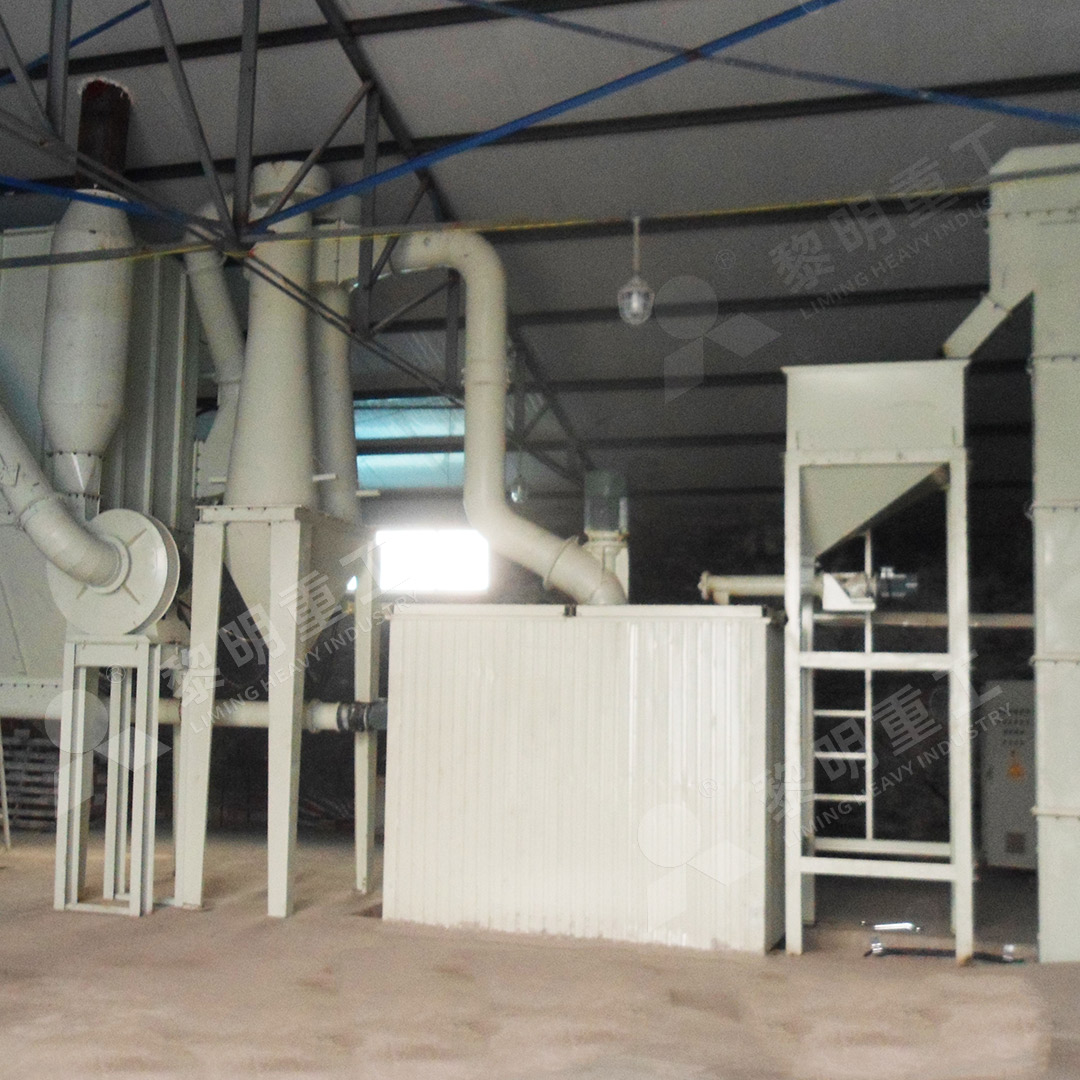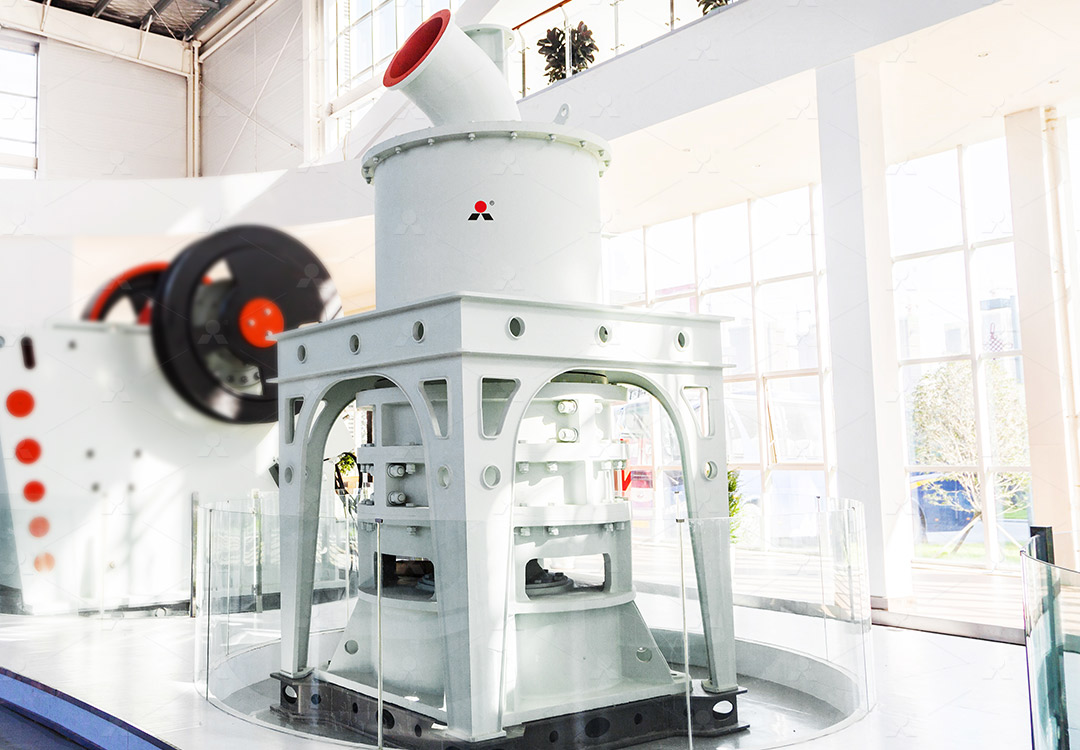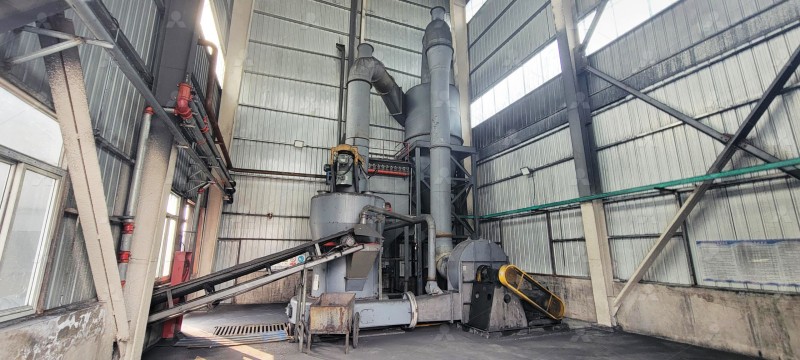High Efficiency Grinding Mill for Dolomite Powder Production
High Efficiency Grinding Mill for Dolomite Powder Production
In today’s competitive industrial landscape, producing high-quality dolomite powder requires advanced grinding technology that balances efficiency, environmental responsibility, and operational reliability. Dolomite, a calcium magnesium carbonate mineral, demands precise processing to achieve the fine particle sizes required across various industries including plastics, paints, ceramics, and construction materials.

The Dolomite Processing Challenge
Traditional grinding methods often struggle with dolomite’s specific characteristics. The mineral’s moderate hardness (3.5-4 on Mohs scale) and crystalline structure require equipment that can generate fine particles without excessive energy consumption or equipment wear. Furthermore, maintaining product purity is crucial, as contamination from grinding media can compromise the final product’s quality and whiteness.
Modern applications demand dolomite powders with consistent particle size distribution ranging from coarse fillers to ultra-fine powders below 10 microns. Achieving this spectrum efficiently requires specialized grinding technology that traditional ball mills or Raymond mills cannot provide without significant operational compromises.
Advanced Grinding Solutions
Among the available technologies, our MW Ultrafine Grinding Mill stands out as an exceptional solution for dolomite powder production. This advanced system represents a significant leap forward in grinding technology, specifically engineered to handle materials like dolomite with unprecedented efficiency.
The MW Series incorporates several proprietary technologies that make it particularly suitable for dolomite processing. Its innovative grinding curve design for rollers and rings enhances grinding efficiency substantially. Independent testing confirms that with identical fineness and power input, the MW Ultrafine Grinding Mill delivers 40% higher production capacity compared to jet mills and stirred grinding mills, while doubling the output of conventional ball mills.

Key Technical Advantages
What truly sets the MW Ultrafine Grinding Mill apart in dolomite applications is its adjustable fineness range between 325-2500 meshes, facilitated by German-engineered cage-type powder selectors. This technology ensures precise particle size control, achieving screening rates of d97≤5μm in a single pass. For dolomite processors, this means the ability to produce multiple product grades from the same equipment without compromising efficiency.
The mill’s unique construction eliminates rolling bearings and screws within the grinding chamber, addressing common failure points in conventional grinding equipment. This design innovation significantly reduces maintenance concerns related to bearing damage or loose fasteners, while external lubrication systems enable continuous 24-hour operation without shutdowns for maintenance.
Environmental and Operational Benefits
Environmental compliance is increasingly critical in mineral processing. The MW Ultrafine Grinding Mill integrates efficient pulse dust collection and noise reduction systems that maintain operations well within national environmental standards. The complete milling system operates without dust pollution, while specialized silencers and noise elimination chambers minimize acoustic impact.
From an operational perspective, the mill’s digitalized processing ensures exceptional precision in manufacturing. With dozens of numerically controlled machine tools handling cutting, bending, planing, milling, and painting operations, the equipment maintains consistent quality and performance that translates to reliable dolomite processing day after day.

Alternative Solution: LUM Ultrafine Vertical Grinding Mill
For operations requiring different throughput characteristics, our LUM Ultrafine Vertical Grinding Mill presents another sophisticated option. Combining Taiwanese grinding roller technology with German powder separation systems, the LUM series excels in processing dolomite with its unique roller shell and lining plate grinding curve that facilitates easier material layer formation.
The LUM mill’s double position-limiting technology ensures operational stability by preventing destructive impacts between grinding components, while its reversible structure simplifies maintenance procedures. With energy consumption 30%-50% lower than conventional mills and PLC-controlled multi-head powder separating technology, it offers another compelling choice for high-volume dolomite processors.
Conclusion
Selecting the appropriate grinding technology for dolomite powder production significantly impacts operational costs, product quality, and environmental compliance. The MW Ultrafine Grinding Mill, with its combination of high efficiency, precise particle control, and robust construction, represents the current pinnacle in dolomite processing equipment. Meanwhile, the LUM Ultrafine Vertical Grinding Mill offers complementary advantages for specific operational requirements.
Frequently Asked Questions
What makes the MW Ultrafine Grinding Mill particularly suitable for dolomite?
The MW Mill’s specialized grinding curves, absence of internal bearings, and advanced powder selection technology make it ideal for dolomite’s specific grinding characteristics, ensuring high efficiency and product purity.
How does the adjustable fineness feature work?
Through German-engineered cage-type powder selectors, operators can precisely control product fineness between 325-2500 meshes, allowing production of multiple dolomite powder grades from the same equipment.
What maintenance advantages does the MW Mill offer?
By eliminating rolling bearings and screws in the grinding chamber and providing external lubrication access, the MW Mill reduces maintenance frequency and enables 24-hour continuous operation.
How does the energy consumption compare to traditional mills?
The MW Ultrafine Grinding Mill consumes approximately 30% of the energy required by jet grinding mills while delivering 40% higher capacity and double the output of ball mills.
Can these mills handle other materials besides dolomite?
Yes, both the MW and LUM mills process various non-metallic minerals including limestone, calcite, barite, talc, and gypsum, making them versatile investments for mineral processors.
